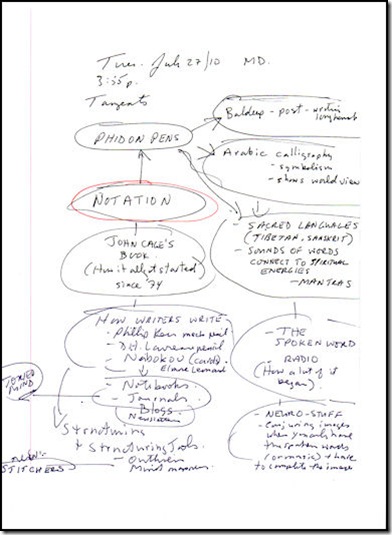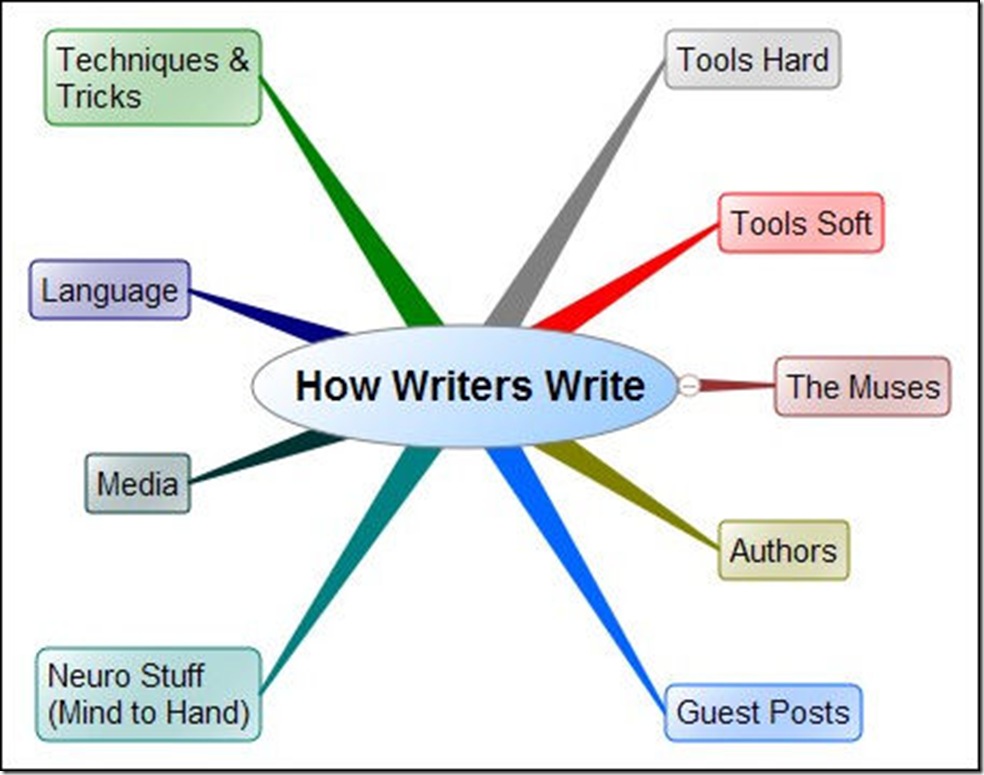Last night, I watched Charlie Rose interviewing Tony Judt. It was Judt’s last interview before passing away on August 6 of ALS.
I had barely heard of Judt before, maybe only because he had won the George Orwell Prize in 2009, and anything referencing George Orwell gets my attention. Shame on me because this man had written so much, so clearly.
There was so much in the Charlie Rose interview, that resonated with me. That he only felt himself when he was on his way to somewhere, that he loved to write while riding on trains all day. Seemingly aimless travel was the perfect writing environment for him.
He also talked about the progress of his illness and gradually losing physical abilities to the point where all he had left was words.
He reflected that: “I’m now very clear that living can be reduced to the business of communication”
In one of his last essays for the Guardian, He says:
“Translating being into thought, thought into words and words into communication will soon be beyond me and I shall be confined to the rhetorical landscape of my interior reflections.”
I could have said right at the beginning of this post that here was a man who thought so much the way I do about words and communicating. And by writing down his words, and speaking his words, I feel a kindred spirit. Even if he is gone now and I never read him when he was alive. How many others are out there?
Today’s Listening:
1. Bumpin’ on Sunset – Brian Auger’s Oblivion Express fr: “Live Oblivion 1”
2. Passing Thru – Leonard Cohen fr: “Live Songs”
3. Wish I – Jem fr: “Finally Woken”



